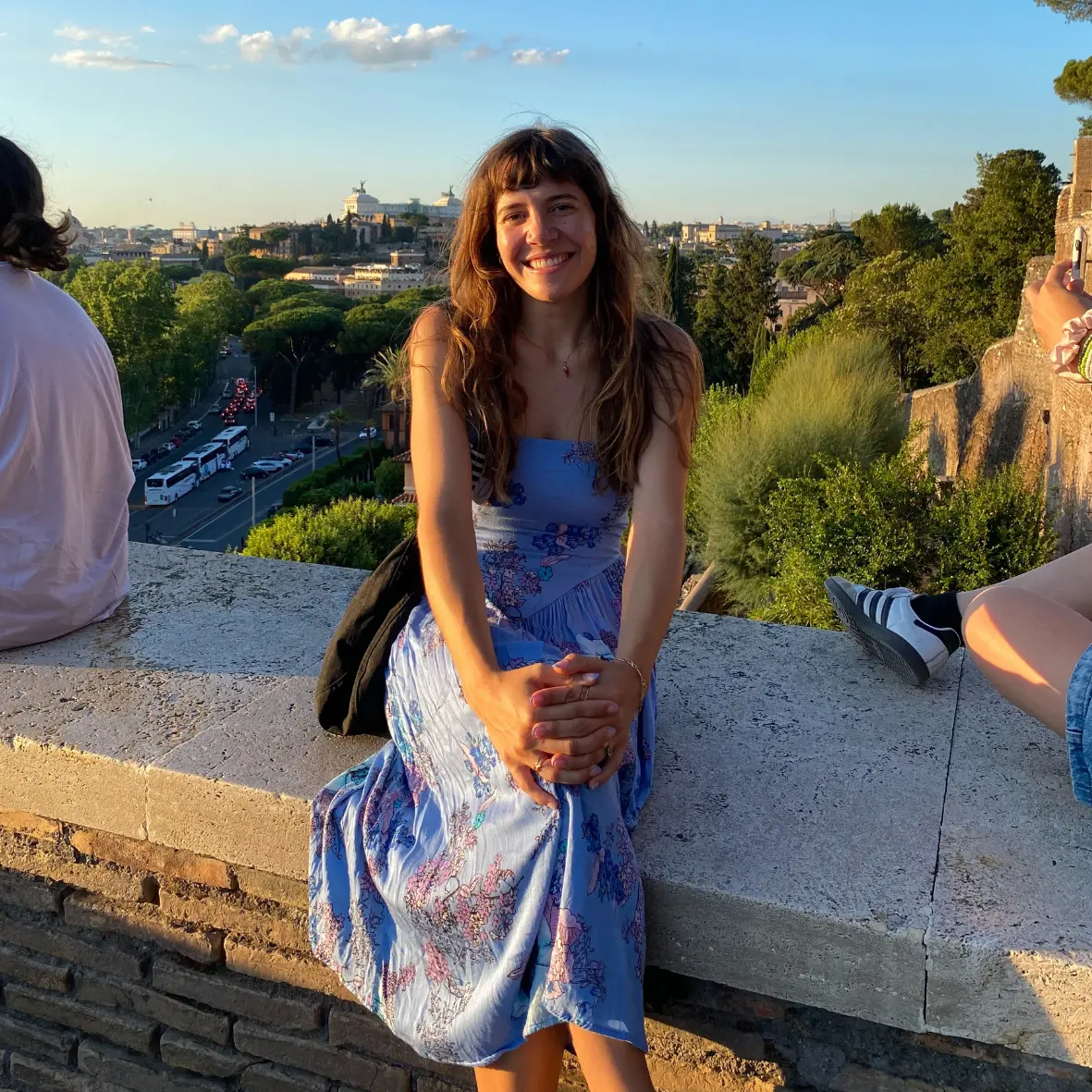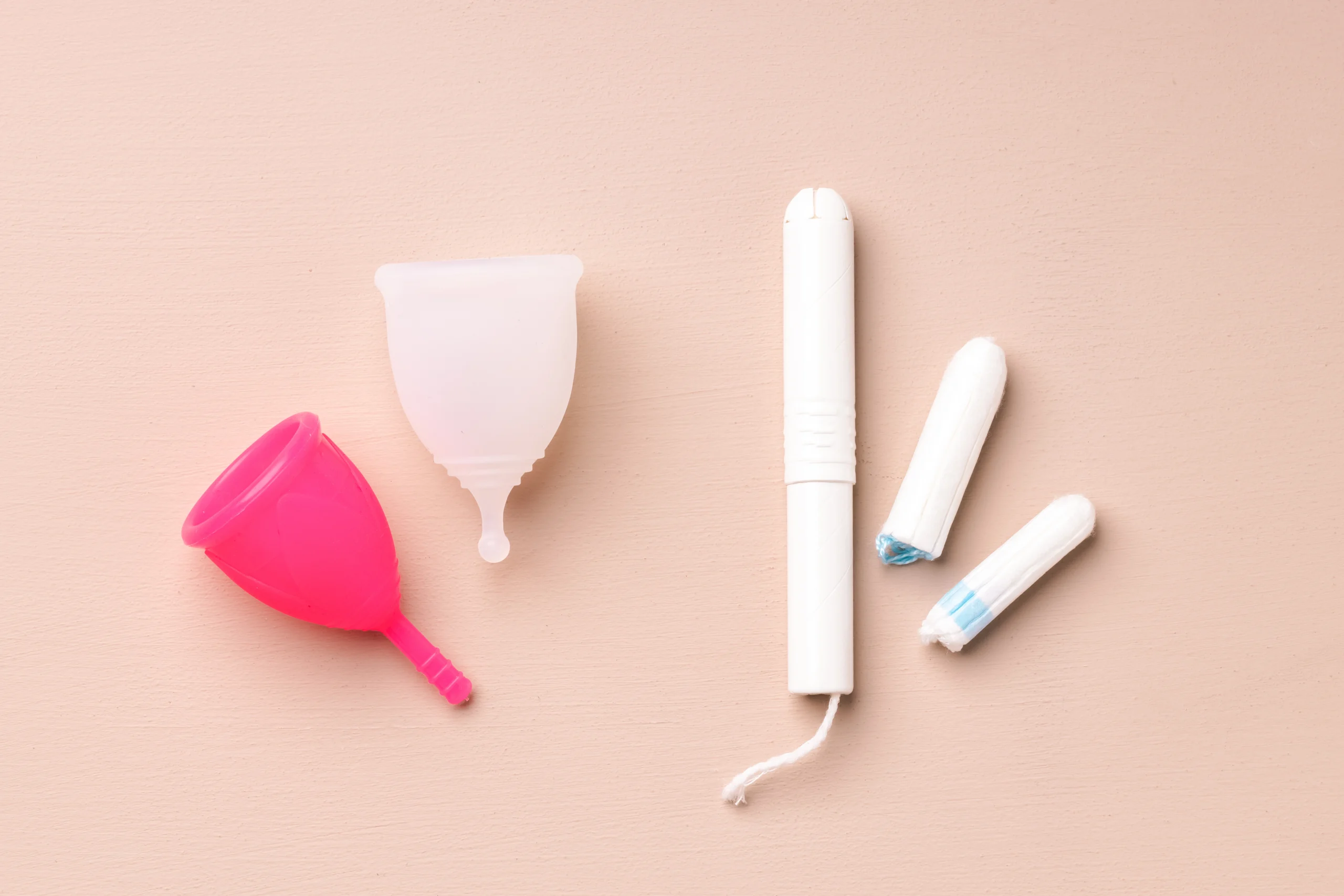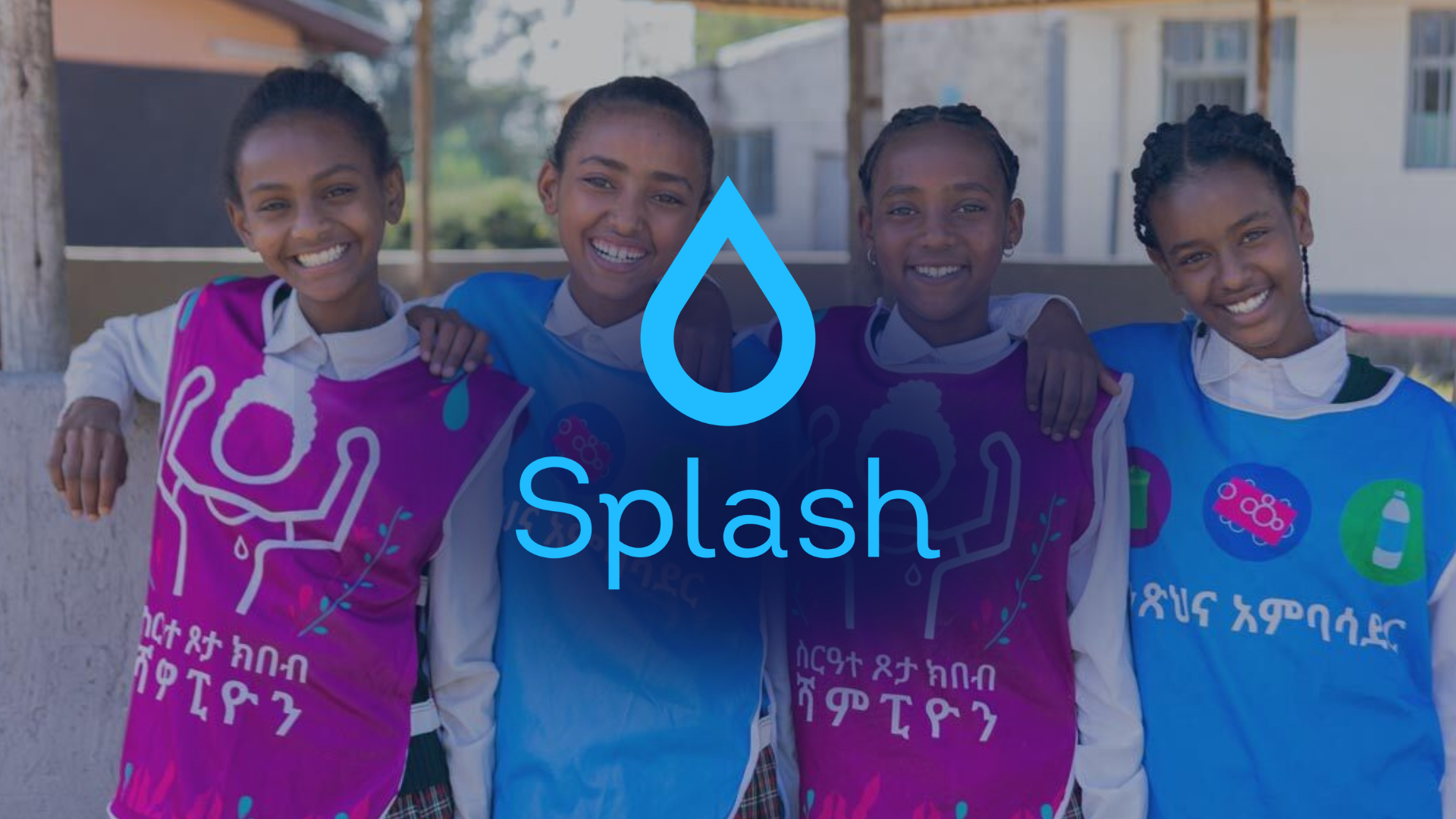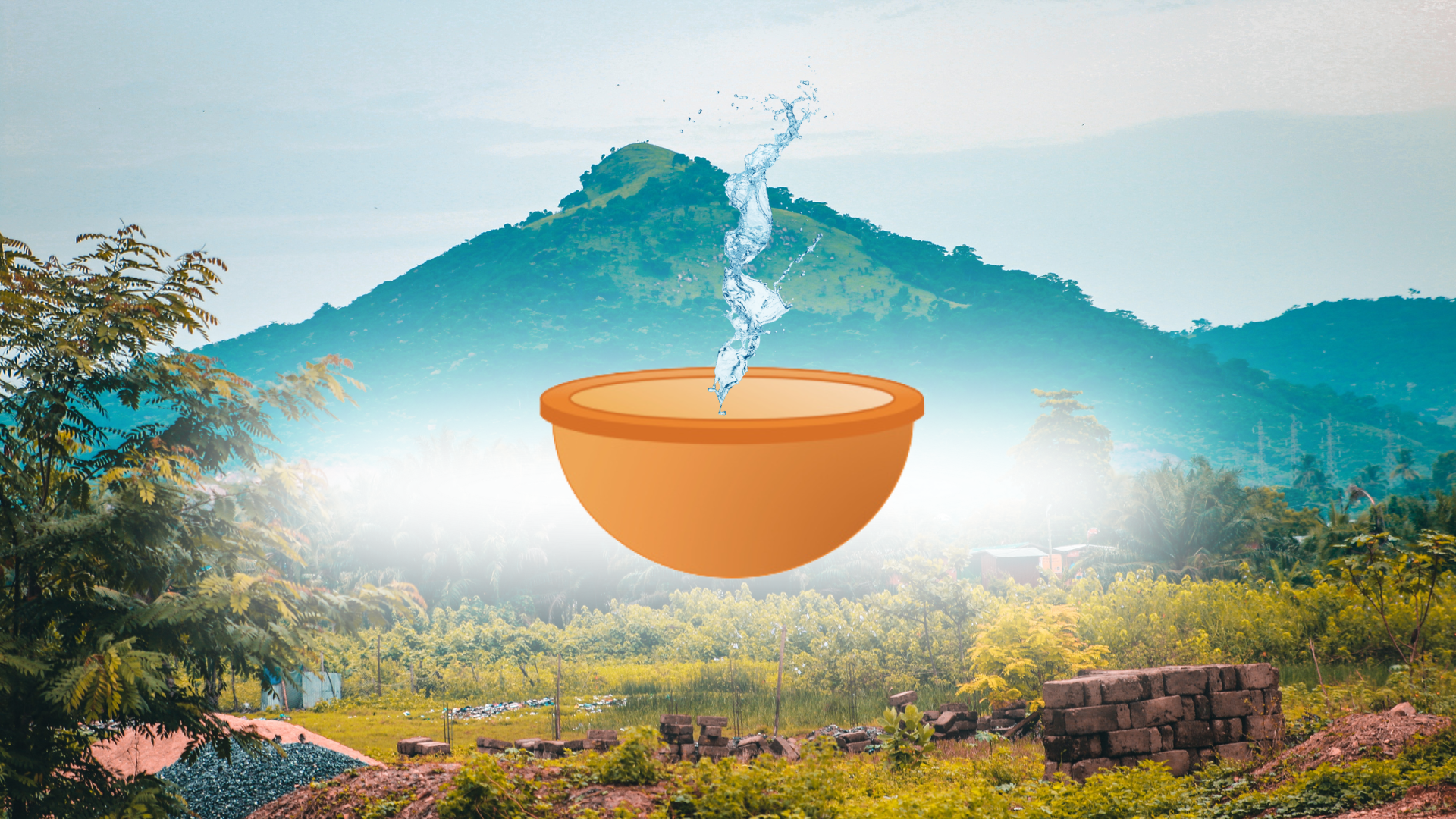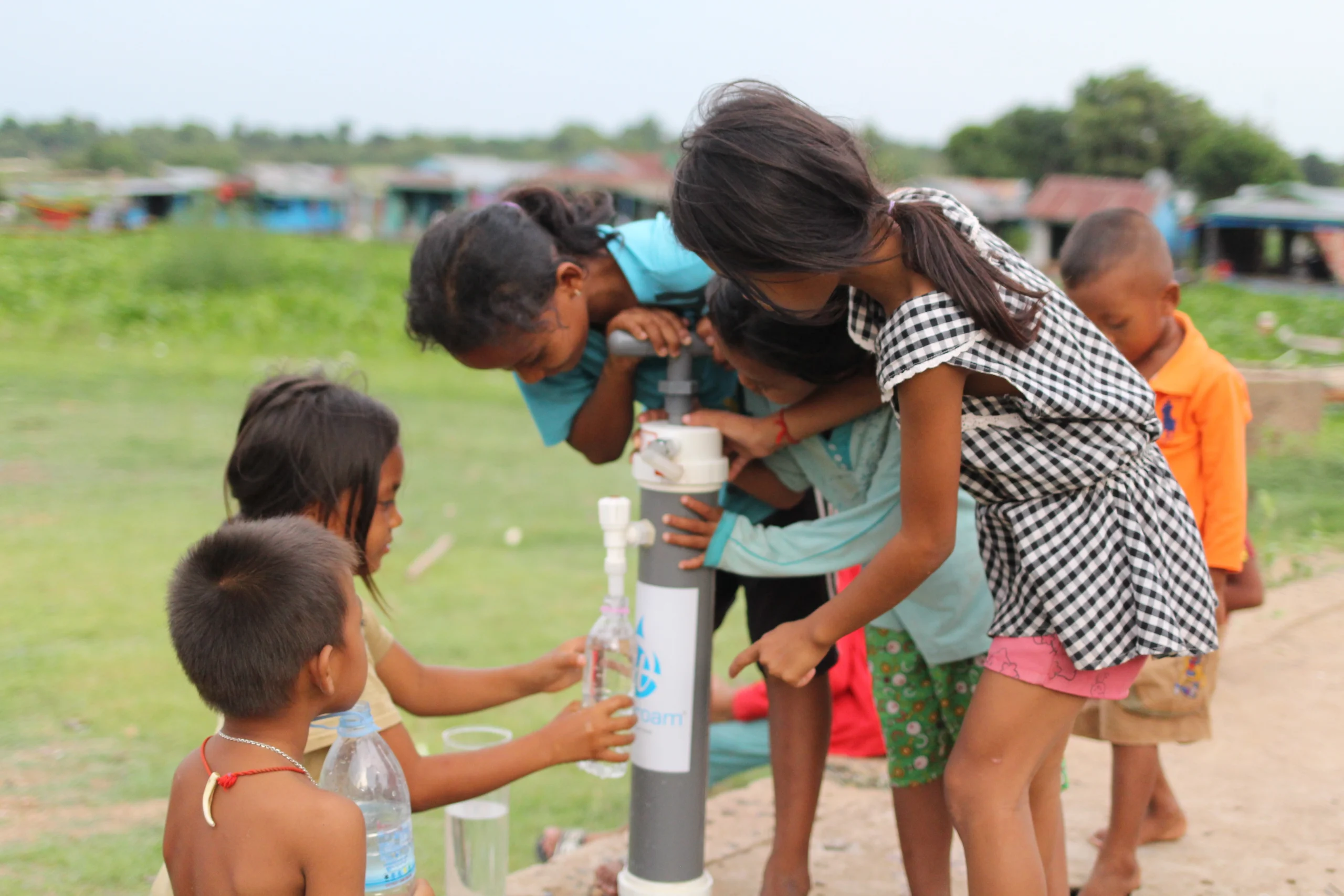Our Father-Son Trip to Honduras
By Lou Haveman
On October 29, 2023, Business Connect’s founder, Lou Haveman, and his son Jeff set out on a week-long trip to Honduras to visit operation sites and local distribution partners. Lou shares his experience below.
Honduras
Honduras is one of the poorest countries in Latin America. More than half of the population live in poverty and per capita income is one of the lowest in the region. Poverty rates are higher among rural and indigenous people in the south, west, and along the eastern border than in the north and central areas where most of Honduras’ industries and infrastructure are concentrated. Although primary-school enrollment is near 100%, educational quality is poor, the drop-out rate and grade repetition remain high, and teacher and school accountability is low.
Honduras’ population growth rate has slowed since the 1990s and is now 1.2% annually with a birth rate that averages 2.1 children per woman and more among rural, indigenous, and poor women. The young adult population – ages 15 to 29 – is projected to continue growing rapidly for the next three decades and then stabilize or slowly shrink. Population growth and limited job prospects outside of agriculture will continue to drive emigration. Approximately one million Hondurans live in the United States. Remittances are the third largest source of GDP in the country.

Honduras sits in the middle of Central America bordered by the Pacific and Caribbean, by Nicaragua, El Salvador, and Guatemala. It was explored by Columbus in 1502, gained its independence from Spain in 1821, became a part of the Mexican empire for two years, joined the United Provinces of Central America, and became truly independent in 1838. It was initially inhabited by the Maya.
We spent a good share of our time in La Mosquitia, a place called Gracias a Dios but often called Gracias y Adios: “Thankful and Goodbye”. It is a forgotten land occupied largely by the Miskito people, of whom three fourths live outside of Honduras, across the river, in Nicaragua. This region is largely cut off from the more productive and populated areas of Honduras. It is only accessible by river and air craft although it makes up at least 20% of the geographic area of Honduras. Rus Rus is the name of the location that once was considered the center of displaced Nicaraguans who fled the Sandinistas and where US-AID funneled much of its aid to the Contras in the 1980s. It was our destination, now occupied by fewer than 500 people and two families from an aviation mission called MAG (Missional Aviation Group). We flew in on a Cessna 206, a six seater single prop airplane.
October 29, Sunday
I was up at 3:30 a.m. so Rachel and Jeff could pick me up and be at the Grand Rapids Airport by 4 a.m. for a 6 a.m. flight to Atlanta and then on to San Pedro Sula, Honduras. We arrived early afternoon and were met by our Business Connect partner, Chris. We had lunch together, checked in at our hotel, rested, and in the evening went out for a huge Honduran meal.
October 30, Monday
Chris drove us around San Pedro Sula to get a sense of the size and breadth of the industrial city of Honduras. Mike Wolfe came to the hotel just before eleven. He drove us to Sequatepeque, his home, midway between Tegucigalpa and San Pedro Sula, about 125 km from our hotel in town. They live on the second floor of a huge two-story mansion. The first floor has a large kitchen, eating area, and lounge.

There is a large porch. The lower level has offices and meeting areas for the ongoing Spanish language school which functions five days a week. We spent most of the day resting, meeting the family and taking in a one-hour Spanish lesson. Intense but helpful.
October 31, Tuesday
Today we spent the day at Sequatepeque. Jeff and I spent a good portion of the morning walking around the town. In the afternoon we saw the well drilling equipment and the water store. In the evening we went to the event for all the language students who came over for the weekly potluck and devotion time. There were about 20 in all. I told our personal and Business Connect story. Good questions and discussion.
November 1, Wednesday

Mike and Mark, Mike’s son, drove the four of us, himself, Jeff, and I along with Carlito, their nine-year-old son, back to San Pedro for us to catch a charter flight with MAG (Mission Aviation Group). We flew in a Cessna 206 and met Brad, one of the pilots, for the first time. Rus Rus is roughly five miles from the Nicaragua border and a place that 40 years ago was packed with several thousand displaced people.
An airstrip, clinic, and school now exist there. There are two missionary pilot families and a local population of less than 500. Steve and Brad joined the four of us in the four-wheel double cab pickup and we drove 16 miles. It took two hours. We did a VF100 filter demonstration to about 10 adults and a number of young people and children representing about 15 families. The entire group was very open to our description that none of us can live without a water filter to protect our bodies and scripture to protect our hearts. Two young men professed their desire to know more about Jesus while others played soccer.
November 2, Thursday
We drove to Sihu, a rather large village on the Coco River, on the border with Nicaragua. We did a show and tell for water filtration to a large crowd. The doctor of the local clinic was there, plus the teachers from the primary school.
November 3, Friday
We woke up to a heavy downpour and were preparing to drive five hours to Lempira on the Caribbean coast. About five miles from the city is a deep-water port where most of the imports come to this part of Honduras. We had lunch at beautiful, open-air restaurant and met some missionary teachers. This was followed by picking up supplies, including two 50-gallon drums of fuel, and other errands.
We stayed with Mike and Lisa, an independent missionary couple who run their own ministry hosting 11 young boys, age 12 to 21. The daily flight into Lempira was canceled due to a heavy storm cloud depression, turbulent weather patterns, and heavy rain throughout the day.
November 4, Saturday
We were scheduled to fly out on Lanhsa Airline, a private company that flies into Lempira. We learned Lanhsa does not usually fly on Sundays but were hoping for an exception due to the cancellation yesterday. The weather held and we were “stranded” for another day. That evening we enjoyed making our own pizza in a large, homemade mud oven with all the boys.
November 5, Sunday
The eighteen-seater Prop Jet Stream 32 arrived in the overcast dripping rain sky. The thunderstorms were over, but the rain was not. They had two flights this morning. We arrived in La Ceiba, welcomed by Ben and Sophia, and taken to their home away from home on the Caribbean Coast. The Guest House was super well furnished, right on the beach with a swimming pool. Jeff cooled off in the pool and I went for a walk as far as I could get in both directions with the incoming tide. This was an emerging vacation site with water, roads, and internet provided and little construction to date. I could pick up a building lot right on the ocean for $99,000.
November 6, Monday
Breakfast was at 6:30 and we were on the road by 7:15 to catch our flight from San Pedro Sula back home. It was a bit tense as we hit city traffic jams. As we cleared all the check in procedures, we arrived at the gate ten minutes before boarding commenced. I walked into my home at 11:50 p.m. in pretty good shape.
A Reflection
This was a trip down memory lane. It has been 50 years since we had lived in rural Nigeria without running water, electricity, and memorable roads. The landscape was deceptively green and lush until we realized much of the upland soil is gravel, absorbing an abundance of rain, over 100 inches a year. I loved the simplicity, the quietness, and especially the night sky. It was a shock to see a US-AID funded cable suspension bridge, built in the mid-eighties during the Nicaraguan Civil War, which allowed thousands of displaced persons to flee across the Coco River.
We visited Sihu, a fairly large town on the border. Mike did a great job of demonstrating the VF100 to a crowd of teachers and clinic staff, including the local doctor. We walked the town. We visited the primary school, took lots of pictures, did another presentation for the teachers, went to the river, checked out an operating rice mill, and bought a coke. Coca-Cola is in the most remote areas of the world.

It rained every day, buckets of rain. Mike warned us that the bedrooms we were going to sleep in were not leakproof. I believe all the water was a powerful sub-conscious suggestion that we needed to stop often to take care of our own water needs.
It has been years since I could smell the sweet aroma of freshly baked bread. Since there was no store, the MAG families provided excellent home-made meals and they were great.
In Africa, the rural roads are made of dusty washboard laterite (clay). Here they are rutted and rocky, with many mud holes. One village visit, only 16 miles down the road, became a two-hour journey. Our backs took a beating.
The population is roughly split equally between Protestant and Catholic. People seem to be open to the gospel. We saw very few churches because the compounds were so few and far between.
We were told to be careful; drugs from South America are often flow into bush strips in this remote region. They are then smuggled via boat, plane, and road to North America. We saw no evidence of this, but it is evident there is very little economic opportunity. It is very much a subsistence economy. The serious question of the trip was: Is it even possible to create a viable thriving economy, so isolated, with little to no infrastructure, and poor educational opportunity? It is designated as an environmentally biosphere nature area, though there is very limited investment. My guess is that this area will remain largely untouched and unaffected until and when the drug dealers move on.
We ended our trip on the Caribbean coast, in a guesthouse built for wealthy tourists, with a view. As often happens, I am struck by the contrasts between the well-off and the marginalized. In this case, it is not just poor families but an entire ethnic group of people—a geographic province. There is no road that connects this province to the rest of Honduras. We were blessed to help in some small way to bridge that gap and make a connection. That is what Business Connect is all about.
Have a story to share in the world of water, sanitation, and hygiene? Connect with our media team today!
